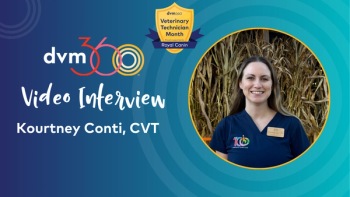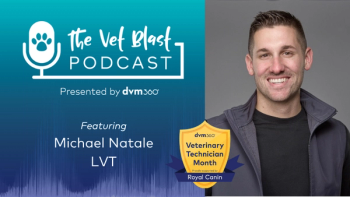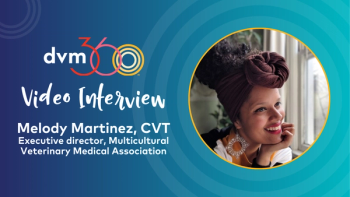
Women leading change: Joan Hendricks
Promoting the profession-and women's leadership-as dean at Penn.
Dr. Joan Hendricks, PhD, understands the reasons why women are underrepresented in veterinary school administration and professional organizations—but she’s not satisfied with them. So she stepped up.
“I think it’s absolutely crucial that women not stand in the background,” Dr. Hendricks says. “We are the majority in veterinary medicine now. And I can’t advocate that and not walk the walk.”
So at the end of 2005, Dr. Hendricks walked—into the job of dean of the University of Pennsylvania School of Veterinary Medicine. The Penn VMD and PhD alumna was the third woman veterinary-school dean in the country.
Students, faculty, and others have told her they’re glad she’s a woman—”Well, so am I,” Dr. Hendricks responds. Female administrators at veterinary schools are important symbols of women’s rise in the profession, she says. And she should know. When Dr. Hendricks applied to veterinary school in the late 1970s, colleges still had gender quotas and discouraged women from applying.
Like other strong voices in veterinary medicine, Dr. Hendricks seeks to convince the country of something veterinarians already know: “Veterinary medicine is the most important profession in the world,” she says. “I use the deanship as a bully pulpit on behalf of Penn and the whole profession.”
Before the much-touted One Health Initiative publicized environmental issues, human medicine, and veterinary medicine under one umbrella, the Penn veterinary school and medical school were already working together. Their buildings are a block apart, and they share labs and curricula for dual-degree programs.
In the face of government funding cuts to the school, Dr. Hendricks has worked with faculty to take advantage of new technology, decrease lecture hours, increase students’ exposure to clinical work earlier, and refocus research efforts to seek more funding in the school’s strongest niches.
But threatened—and realized—funding cuts by the state, which she calls “catastrophic,” also inspired Dr. Hendricks to make her pitch to politicians: “We understand that politicians have to make very difficult choices, but we just want to make absolutely certain they understand what they’re losing [when they cut funding for veterinary schools],” she says.
The One Health Initiative and Penn’s “Many Species, One Medicine” motto may carry the day as Dr. Hendricks and others better explain and promote the crucial work of veterinarians in a world of bioterrorism, zoonotic disease, and food safety concerns. “Veterinarians’ role is anywhere where animals and humans are in contact,” she says. In other words, the whole world is in future veterinarians’ hands.
Newsletter
From exam room tips to practice management insights, get trusted veterinary news delivered straight to your inbox—subscribe to dvm360.






